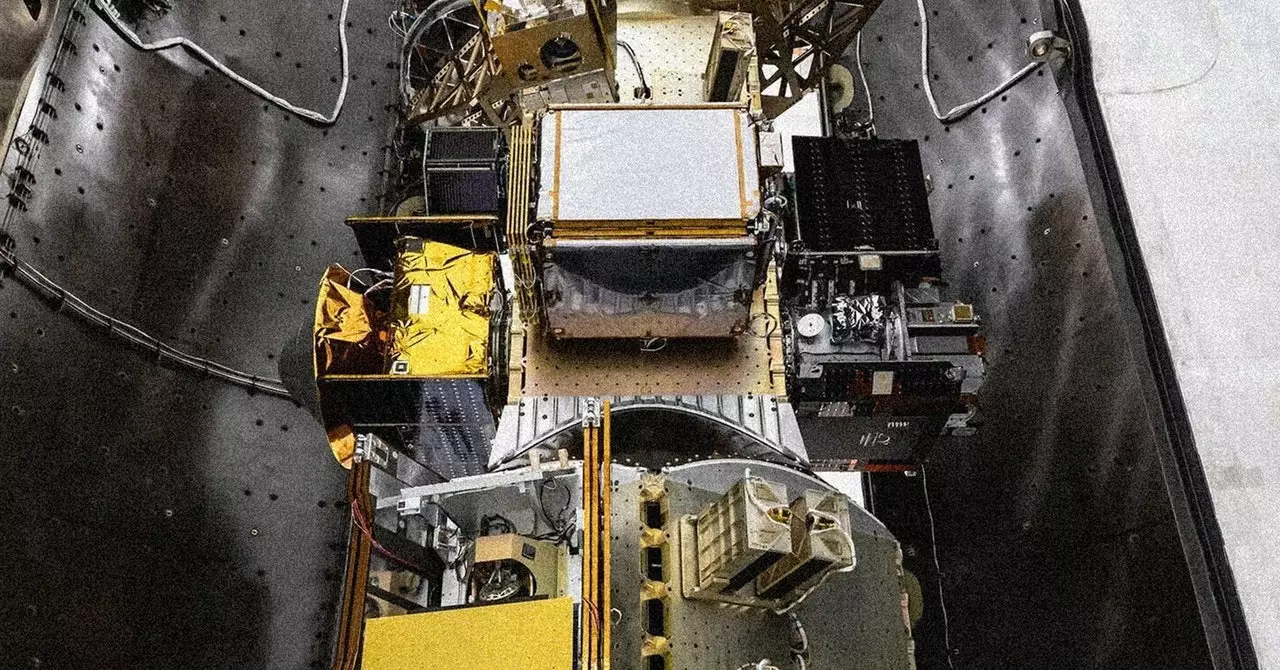When it comes to combating wildfires, time is a critical factor that can mean the difference between containment and devastation. As highlighted by experts in the field, the urgency embedded in wildfire responses necessitates the application of cutting-edge technology to make timely decisions. The rapid onset of these disasters compels authorities to leverage data and insights that can help ascertain the situation and determine effective strategies to combat the raging flames. This intersection of fire and technology presents an opportunity that, if grasped well, could lead to significantly better outcomes.
The Power of Data in Fire Management
In the modern age, data has become a crucial currency for understanding and tackling environmental issues, including wildfires. Krystal Azelton from the Secure World Foundation points out that while artificial intelligence and satellite technology can yield invaluable data, their true efficacy hinges on the capacity to deliver this information to the correct end-users. The challenge of translating raw data into actionable insights remains significant. Pods of valuable satellite information may flutter in the ether, but unless they reach the hands of firefighters and crisis managers, they could be rendered useless.
Azelton’s concerns underscore the broader question of data accessibility and usability. Who defines “the right hands,” and how do we ensure those armed with this technological prowess can react quickly and effectively? The technology ecosystem has many innovative solutions, yet we still grapple with the fundamental question of effective communication and integration among firefighting agencies and officials.
From Data to Action: The Fire Sat Initiative
Innovative projects like the Fire Sat initiative are striving to bridge the gap between data generation and practical application. The team behind Fire Sat aims to smooth the rough edges of data access, working directly with firefighting services to ensure that the flood of information is not merely overwhelming but genuinely useful. It’s an approach reminiscent of the fog of war—but in this case, the fog stems from an overabundance of data rather than a scarcity. The team’s commitment to providing comprehensive situational awareness speaks volumes about their intent to arm responders with as much relevant information as possible.
Despite their ambitions, experts like climate scientist Daniel Swain caution that simply improving data acquisition may not dramatically accelerate response times. Existing detection networks have proven efficient in identifying fires, like the AlertWildfire camera networks that effectively caught the deadly Palisades Fire. The potential for fire detection to improve in speed is promising; however, the challenge posed by rapid, unpredictable fire growth can overwhelm traditional response mechanisms.
Navigating the Limitations of Technology
One must acknowledge that while technological advancements are a boon to disaster management, they don’t inherently resolve the intrinsic issues related to wildfire response. Faster data flow does not equate to an immediate response. As Swain aptly puts it, knowing the exact location of a fire is beneficial, but unfortunately, it does not grant firefighters the advantage needed during the most precarious conditions, where every passing moment counts.
Moreover, the marriage between innovation and operational efficiency necessitates an ongoing dialogue among researchers, policymakers, and first responders. It is essential for tech developers and firefighting agencies to synchronize their efforts to ensure that both parties understand each other’s capabilities and limitations. Each actor in this delicate ecosystem has a unique role that, if executed collectively, can lead to more effective responses.
The Dual-Edged Sword of Profit in Technology Development
The rising tide of private investment aimed at developing firefighting technology poses its own set of challenges. While it fosters innovation and brings fresh solutions to the table, we must remain vigilant about the implications of profit-driven motives in crucial situations such as wildfire management. The push for marketable solutions can overshadow genuine, altruistic approaches to disaster management if not carefully monitored. As more companies enter the field with promises of revolutionary technology, the focus must remain on what truly benefits those on the frontlines—the firefighters battling the blaze and the communities at risk.
Ultimately, the nexus of fire management and technology is a fascinating realm fraught with potential and perils. The best outcomes will emerge from a balanced integration of data accessibility, genuine collaboration, and a commitment to service over profit.

